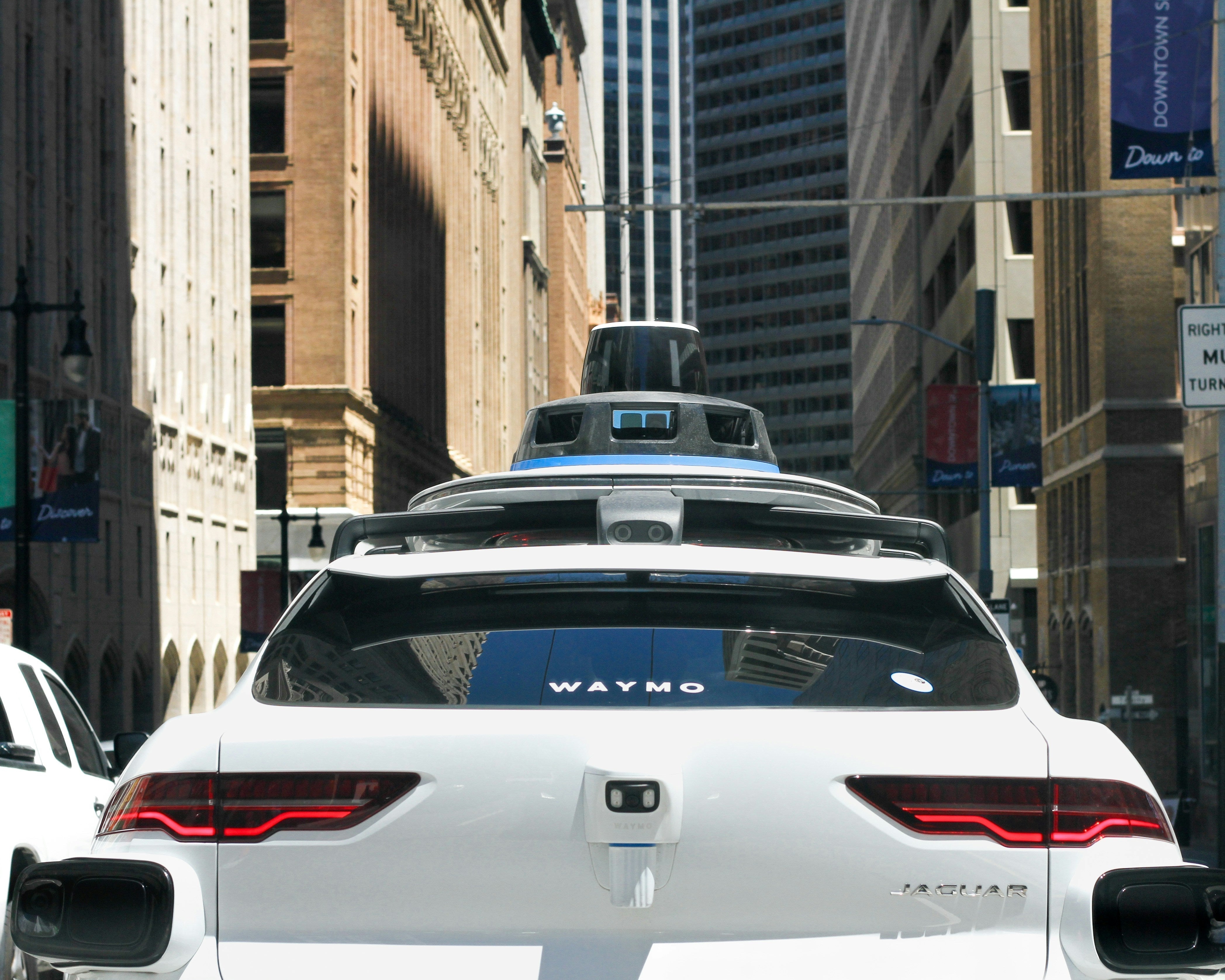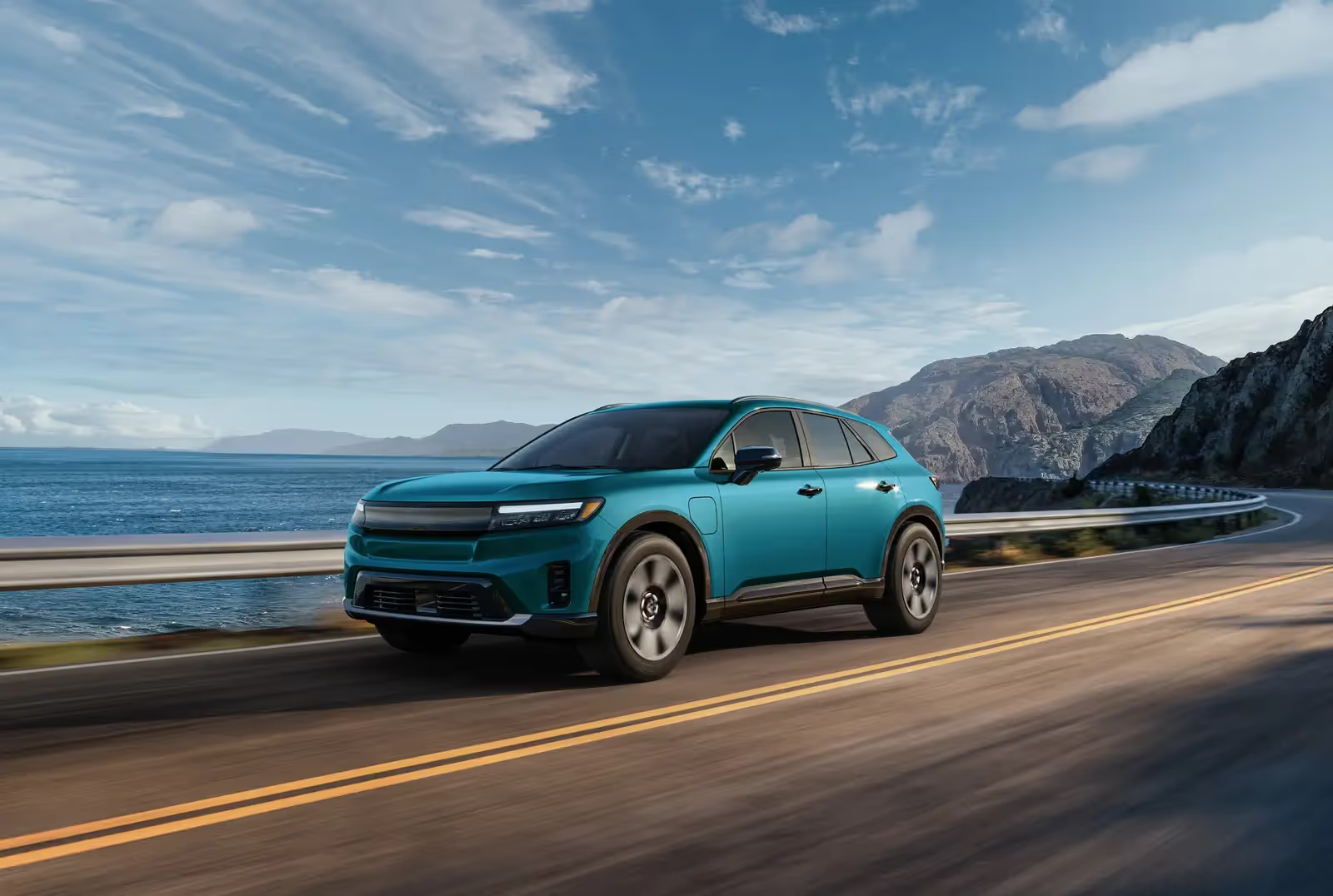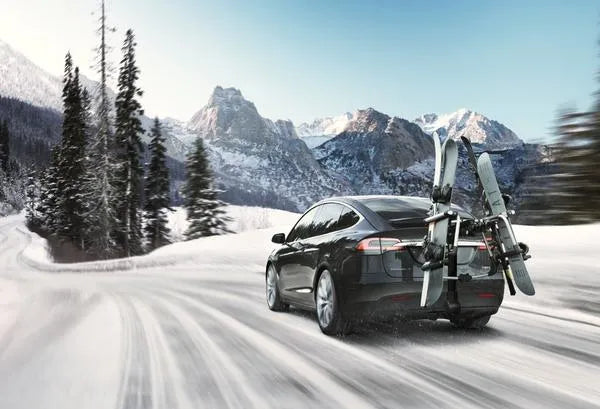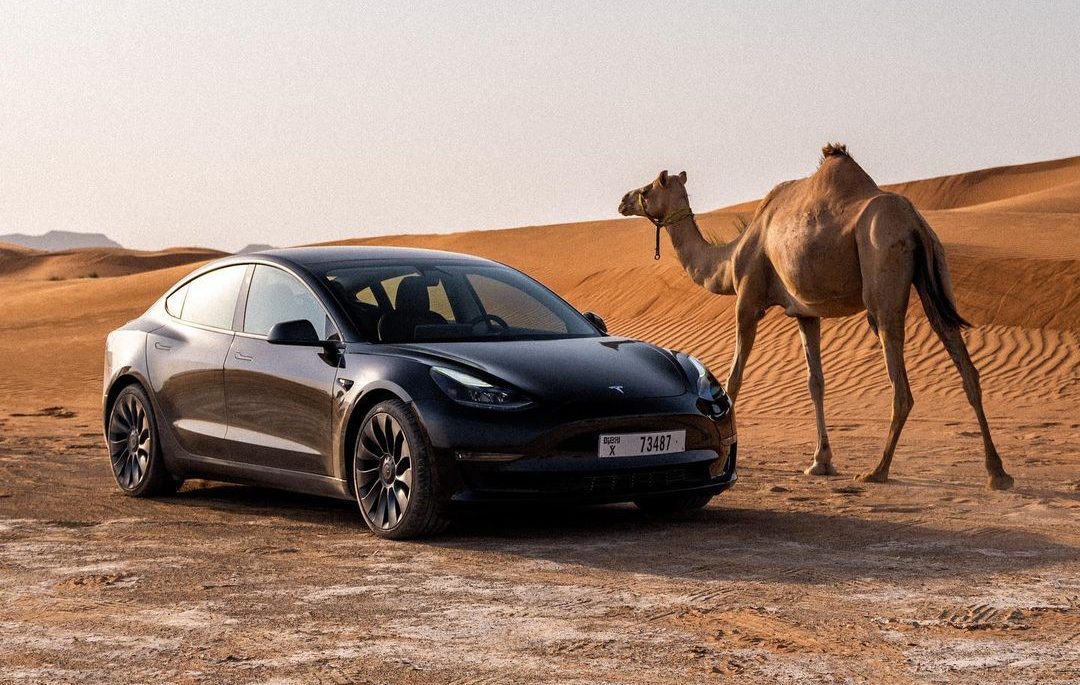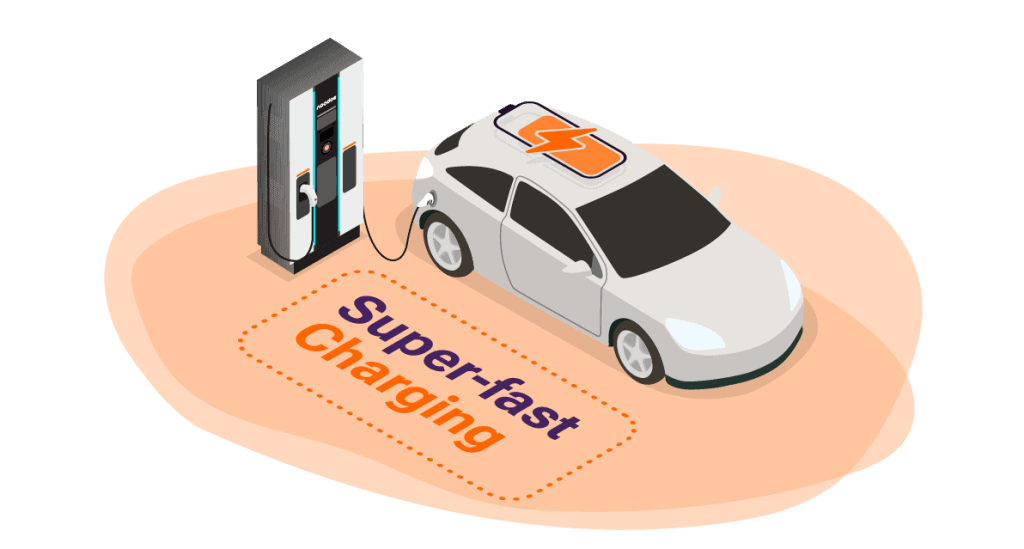
EV Travel Season: What You Need to Know Before Hitting the Road
As summer kicks into high gear, more and more drivers are planning road trips in electric vehicles. Whether it’s a long highway drive across the U.S. or a weekend escape to cottage country in Canada, EV travel is becoming increasingly mainstream. But while range and infrastructure have improved significantly, electric road trips still require a bit more forethought than those in gas-powered vehicles.
Here’s what you need to know before setting off — and how a little preparation (including the right charging gear) can make all the difference.
Charging Access Is Expanding — But Still Uneven
North America now boasts thousands of charging stations, with Tesla Superchargers and networks like Electrify America, EVgo, and FLO leading the way. Highways between major cities are increasingly EV-friendly. However, not all regions are equal. Charging gaps still exist in rural areas, small towns, and scenic destinations — the exact kind of places people love to visit in summer.
In Europe, the situation is generally better when it comes to AC public chargers, thanks to dense infrastructure and wider adoption of home charging. Still, remote areas in countries like France, Italy, or Eastern Europe can pose similar challenges.
If you’re planning a longer trip, it’s essential to map your route with tools like PlugShare, ChargeHub, or A Better Routeplanner (ABRP). These apps let you filter by plug type, station availability, and charging speed — and help you avoid unwelcome surprises on the road.
Plug Standards Can Still Trip You Up
One of the biggest technical hurdles for EV travel — especially when crossing regions or using unfamiliar networks — is plug compatibility.
In North America:
- More vehicles are using NACS (North American Charging Standard)
- Most other EVs use CCS Combo
- Older Nissan models rely on CHAdeMO
In Europe:
- Type 2 is the AC standard
- CCS Combo 2 is used for DC fast charging
With several different plug types and standards still in circulation, carrying an adapter can mean the difference between getting a charge and getting stuck.
That’s why many EV drivers keep a set of compact, multi-standard adapters in their vehicle. A2Z EV, for instance, offers lightweight travel adapters that bridge the gap between plug types — whether you’re connecting a CCS vehicle to a Tesla Supercharger (now more accessible to non-Tesla drivers in North America), or using a Type 2 station in Europe with your North American EV.
Charging Speed Isn’t Just About the Station
Fast chargers can dramatically cut down trip time — but only if your vehicle supports high-speed DC charging. And even then, conditions matter.
Your actual charging speed will depend on:
- The charger’s power output
- The quality of the connection
- Your battery’s state of charge (charging slows above ~80%)
- Ambient and battery temperature
So while a 150 kW charger sounds fast, it might not deliver that speed consistently — especially on a hot day or if another car is sharing the power source.
It’s a good idea to learn your EV’s charging curve and aim to stay in the “sweet spot” — typically between 10–70% — where charging is most efficient.
Don’t Count on Every Charger Working
Even in well-covered regions like California or Ontario, you may encounter chargers that are:
- Offline for maintenance
- Occupied for long stretches
- Limited to certain vehicle brands
That’s why it’s wise to always have a backup station along your route. And if you’re heading into a less-developed area, bringing a portable charger or extension cable can be a lifesaver — especially if you’re staying at a friend’s house, a cabin, or a rural Airbnb.
Adapters also play a role here. With the right adapter — say, one that allows your CCS car to use an NACS Destination Charger — you instantly unlock access to thousands more charging points. That’s exactly where A2Z EV’s universal adapters come in: they’re compact, reliable, and designed to give you access to chargers you’d otherwise have to skip.

A2Z EV adapter used on an NACS level 2 destination charger
Know the Rules When Crossing Borders
Planning to drive from the U.S. into Canada? Or renting a car in Europe for a road trip across Spain and France? Charging rules and standards change quickly across borders.
Some countries (like France) require different RFID cards or mobile apps to activate chargers. Others limit access to certain networks or charge foreign users higher rates. If you’re crossing borders, register ahead of time with the major charging networks in that region and keep your travel adapters on hand.
A2Z EV offers region-specific adapter kits that are especially useful for international drivers — without cluttering your car with gear you’ll only use once.
EV Etiquette Is Still Evolving
With more EVs on the road than ever, public chargers are often busy — especially during holidays. Observing some simple etiquette helps keep things moving smoothly for everyone:
- Move your vehicle as soon as charging is complete
- Avoid occupying fast chargers unless you need them
- Keep charging cables neatly coiled after use
Good etiquette builds a better EV ecosystem — and earns you a few silent thank-yous from fellow drivers along the way.
The Bottom Line: Preparation = Peace of Mind
Traveling by EV can be fun, affordable, and incredibly satisfying — especially when you cruise past gas stations with a full battery. But until charging infrastructure becomes truly universal and seamless, a little preparation goes a long way.
That includes route planning, having multiple charging apps installed, and — yes — keeping the right adapters on hand. For North American drivers heading into unfamiliar regions or anyone driving a non-Tesla EV, an A2Z EV adapter kit is a simple way to stay flexible, connected, and confident on the road.
Enjoy your trip — and stay charged!

